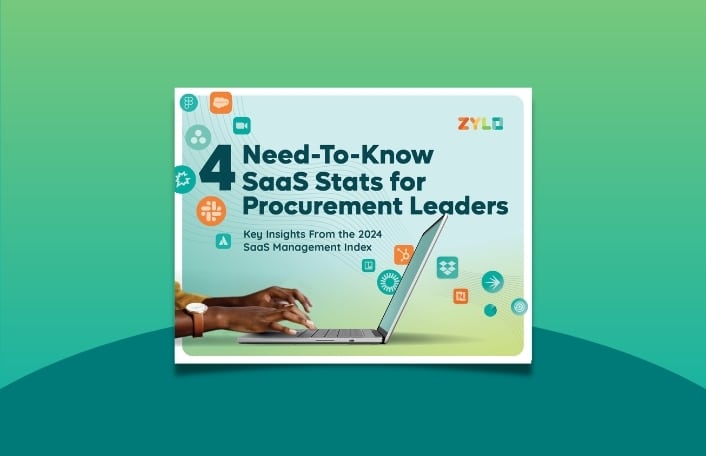
4 Need-to-Know SaaS Stats for Procurement Leaders
Ditch the Status Quo. Take Back Your SaaS Renewals. With hundreds...
Back
Back
Search for Keywords...
Blog
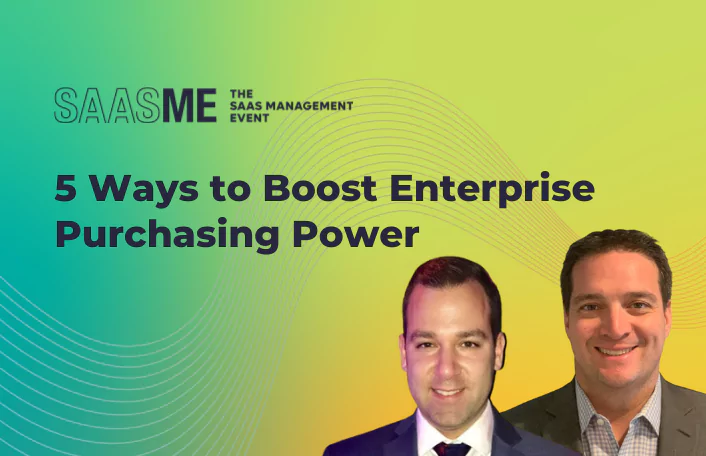
Table of Contents
Organizations spend $45M on average on SaaS, but according to Gartner, they are overspending by at least 25%. This overspend represents missed opportunities for savings that could be redirected toward growth initiatives. Leveraging enterprise purchasing power allows businesses to negotiate better deals, optimize their software investments, and ultimately drive greater efficiency.
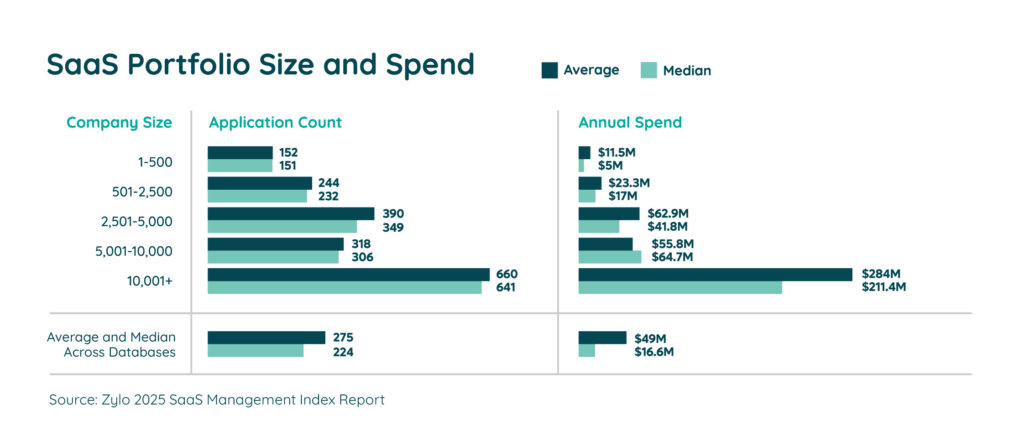
At the Zylo’s SaaSMe conference, Jonathan Ritter, VP of Information Technology, and Matt Stratis, Director of PMO, shared key strategies they use at IAC to boost enterprise purchasing power with SaaS vendors.
At IAC, a powerhouse holding company with brands like Vimeo, Match, and Angie’s under its belt, the struggle to oversee and optimize SaaS spending was particularly acute. Prior to integrating a comprehensive tool like Zylo into their operations, IAC grappled with a host of challenges that stemmed from an unmanaged proliferation of SaaS tools.
Ritter and Stratis shed light on the initial hurdles that their teams encountered, including:
This lack of oversight not only led to budget overruns—thinking their license costs were lower than actual. It also weakened their negotiation power during vendor discussions, thereby impacting their bottom line and operational efficiency.
The Ultimate Guide for Wildly Effective SaaS Renewals
Learn MoreWhat strategies can you use to boost your enterprise purchasing power with SaaS vendors? Here are five strategies IAC uses.
To start, it’s important to understand the current landscape of SaaS usage. “Prior to adopting Zylo, we had no idea how inefficient our SaaS spend was or how much tool sprawl we had going on,” shared Ritter.
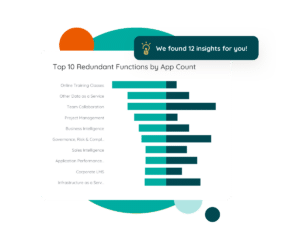 Implementing Zylo as their SaaS Management platform allowed IAC to identify redundancies and inefficiencies, providing a clear picture of all tools and licenses in use. “We saw redundancies across, for example, survey tools, project management tools, product management tools,” explained Stratis.
Implementing Zylo as their SaaS Management platform allowed IAC to identify redundancies and inefficiencies, providing a clear picture of all tools and licenses in use. “We saw redundancies across, for example, survey tools, project management tools, product management tools,” explained Stratis.
App rationalization was a significant step in boosting IAC’s purchasing power at renewal time. Not only were they able to reduce functional overlap, licenses were consolidated to fewer tools. By rationalizing their applications, IAC was able to negotiate enterprise contracts, which gave them better pricing.
Strategic planning for SaaS renewals enhances a company’s purchasing power. Ritter advised, “Getting ahead of any renewals, getting ahead of any new tools that are coming in,” allows businesses to approach negotiations from a position of strength. Early preparation ensures ample time to explore alternatives and secure the best possible terms.
Using benchmarking data was another important piece of the renewal puzzle to ensure competitive pricing. “We actually learned that we were higher than a lot of the other companies…which allowed us to now go out and have some real hard conversations with the vendor,” said Ritter. Reliable data enabled IAC to negotiate more effectively and avoid overpaying for software.

Empowering application owners involves providing visibility into usage data, encouraging accountability, and fostering communication between owners and procurement teams.
“The usage data empowers those owners over time where they can see the usage 30, 60, 90 days, depending on the application, to see how they can tailor their teams,” said Stratis.
In addition, encouraging communication and collaboration among different departments can uncover additional savings and efficiencies.
“Once you get everybody to buy in, you’re going to be able to take all these teams across the board and share the successes,” explained Stratis.
Getting buy-in and partnership with application owners not only helps identify cost-saving opportunities but also promotes best practices across the organization.
Building executive buy-in requires presenting clear benefits, highlighting success stories, and involving executives in the planning process. It is critical for driving your SaaS Management initiatives.
“You hear time and time again, no project’s really going to go well unless you have an executive sponsor,” said Ritter.
Implementing a sustainable approach for long-term success involves establishing standardized processes, investing in tools, and continuously monitoring strategies.
“Once you have the foundation, once you have the framework, you can start just running with that,” said Ritter.
For more insights, watch the full discussion with Jonathan Ritter and Matt Stratis.
Using a SaaS Management platform is crucial for gaining visibility into your software usage and identifying quick wins. By understanding the current landscape, organizations can pinpoint redundancies and spending inefficiencies.
“Prior to adopting Zylo, we had no idea really how inefficient our SaaS spend was, how much tool sprawl we had going on,” shared Ritter.
Now, IAC has streamlined its SaaS renewal process, enabling the team to proactively plan and negotiate better deals with their vendors. To sum it up, “Getting ahead of any renewals…allows businesses to approach negotiations from a position of strength,” said Ritter.
For a comprehensive approach to optimizing SaaS renewals, check out The Ultimate Guide to Wildly Successful SaaS Renewals.

Ditch the Status Quo. Take Back Your SaaS Renewals. With hundreds...
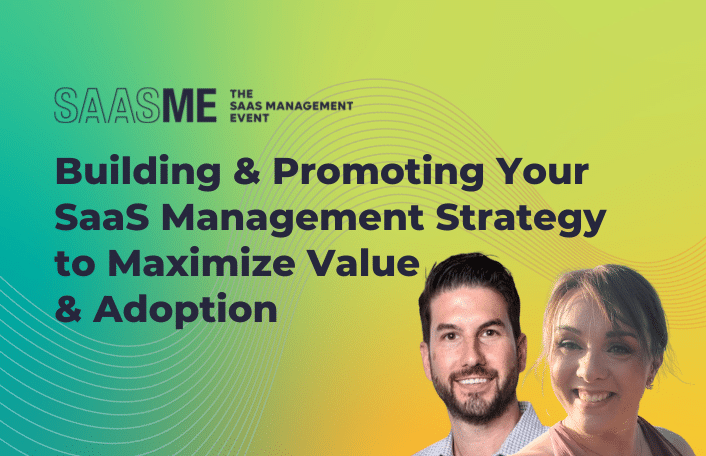
Table of Contents ToggleProcurement’s Role in Building A SaaS Management ProgramWhen...
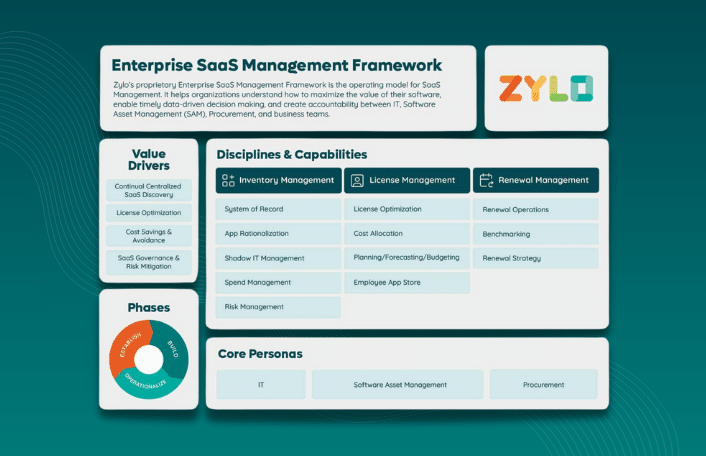
Table of Contents Toggle5 Ways to Boost Purchasing Power1. Rationalize Your...
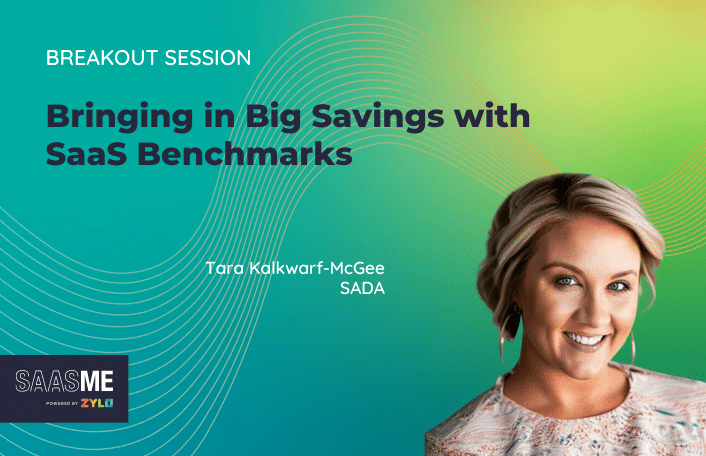
Table of Contents ToggleGuide Negotiations with DataImprove the Termination StrategyUnderstand Your...
| Cookie | Duration | Description |
|---|---|---|
| cookielawinfo-checkbox-analytics | 11 months | This cookie is set by GDPR Cookie Consent plugin. The cookie is used to store the user consent for the cookies in the category "Analytics". |
| cookielawinfo-checkbox-functional | 11 months | The cookie is set by GDPR cookie consent to record the user consent for the cookies in the category "Functional". |
| cookielawinfo-checkbox-necessary | 11 months | This cookie is set by GDPR Cookie Consent plugin. The cookies is used to store the user consent for the cookies in the category "Necessary". |
| cookielawinfo-checkbox-others | 11 months | This cookie is set by GDPR Cookie Consent plugin. The cookie is used to store the user consent for the cookies in the category "Other. |
| cookielawinfo-checkbox-performance | 11 months | This cookie is set by GDPR Cookie Consent plugin. The cookie is used to store the user consent for the cookies in the category "Performance". |
| viewed_cookie_policy | 11 months | The cookie is set by the GDPR Cookie Consent plugin and is used to store whether or not user has consented to the use of cookies. It does not store any personal data. |
